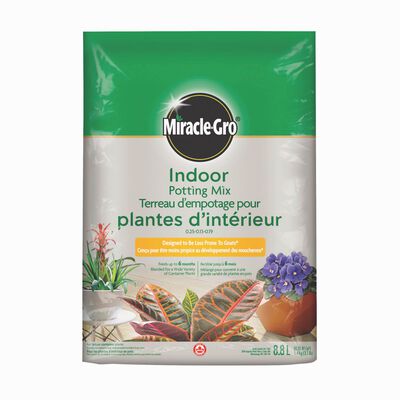
How to Plant, Grow, Care and Harvest Chives
They are easy to grow in your garden and taste delicious in culinary dishes! Chives have been grown in Europe and Asia for centuries, even being cultivated during Ancient Rome and the Middle Ages.
Whether you use chives for pink or purple foliage in the garden or garnish in salads and soups, this perennial herb is one of the easiest to look after.
How to Plant Chives
- The ideal time to plant chives is in early spring or fall.
- Chives are versatile and can be planted outdoors in herb gardens, flowerbeds and containers.
- If you plant chives outdoors, keep the bulbs at least four to six inches apart.
- Use well-drained soil and plant chives in a sunny spot. Though if you get little sun in your garden, they can also withstand some shade.
- These herbs can also be planted indoors in pots by a sunny windowsill.
- Chives planted indoors need at least five hours of direct sunlight to flourish.
- For extra nutrients, you can add a light slow-release fertilizer to the soil before planting.
- Every three or four years, check to see if your chives need to divide as the bulbs can become clustered.
How to Grow Chives
- Since chives are perennial, they have a twelve-month growing season.
- Chives can grow from 10 to 20 inches tall.
- If you are growing chives from seeds, start indoors to prepare them for the growing season. Once they are ready to plant in the ground, sow them half an inch deep.
- When growing chives indoors, use a well-drained potting mix.
- If you are planning to grow chives in a container, make sure it has plenty of air circulation and enough drainage.
- Cilantro and parsley are companion container herbs that can be planted with chives.
- Chives can also be planted with roses, carrots and tomatoes.
- Plant chives near apple trees to deter pests.
- Avoid planting chives near peas and beans.
- You can choose to grow garlic chives (Allium tuberosum) also known as Chinese chives, which are slightly bigger and bloom into a white flower.
How to Care for Chives
- Chives are simple to look after and require minimal maintenance.
- Chives can be fertilized once a year.
- Water chives frequently to keep the soil moist.
- Chives can be susceptible to damping off fungus disease if the chives aren't grown properly and the soil is too wet. To prevent this disease, avoid overwatering and overcrowding.
- Chives have natural pest-free properties, so you don't need to worry about insects getting to them.
How to Harvest Chives
- For harvesting chives, snip the leaves two inches above the base with scissors or kitchen shears. Be careful not to take too much off as chives require their leaves for plant growth.
- Harvest during spring and summer.
- The flower is also edible and can be harvested after it has opened. You can use your hands or a pair of scissors to pluck it off.
- Chives are most flavourful when they are fresh. Add them to dishes when they are ready to be served.
- Chives are full of nutritional benefits such as antioxidants and vitamins K, C and A.
- Chives can be kept frozen in a resealable container. Wash the leaves before storing.
How to Transplant Chives
- Choose an overcast day in late spring to transplant your chive seedlings.
- Whether you're transplanting into a garden bed or container, dig a large enough hole for the root system.
- Keep the soil moist until germination.
- Place either three or four bulbs in the hole.
